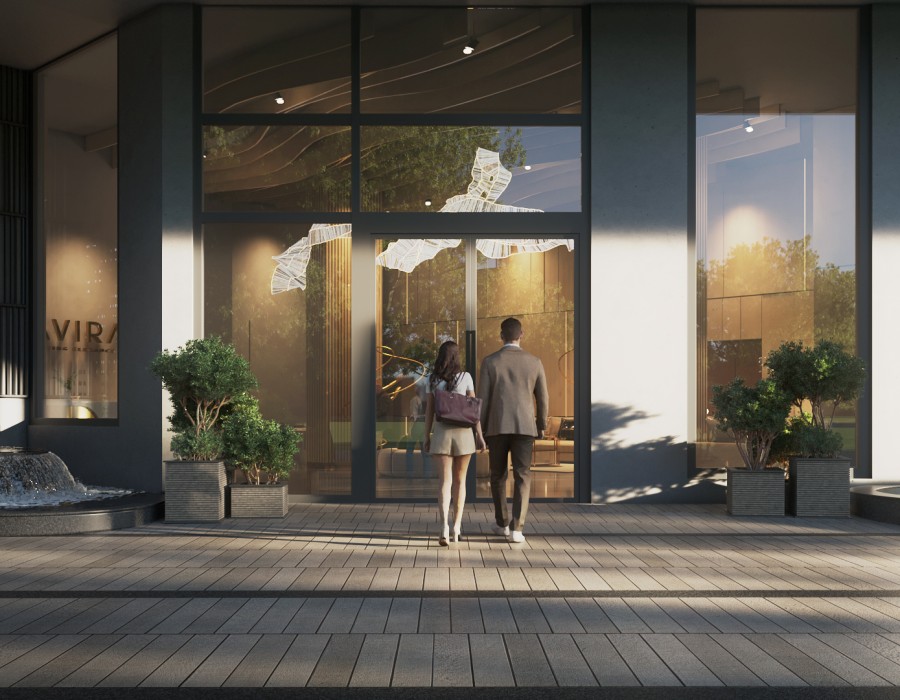In the modern architectural and design landscape, interior rendering companies play a pivotal role in transforming conceptual ideas into immersive, photorealistic visuals. These companies specialize in creating high-quality 3D renders that accurately depict interior spaces before construction or renovation begins. From residential homes and corporate offices to hotels and retail stores, their expertise allows designers, architects, and clients to visualize spaces with unparalleled clarity, ensuring precision and efficiency throughout the design process.
What Does an Interior Rendering Company Do?
An interior rendering company utilizes advanced 3D visualization techniques to produce lifelike representations of interior spaces. These renders showcase essential design elements such as lighting, textures, materials, furniture, and spatial arrangements, helping clients make informed decisions about aesthetics and functionality before implementation.
Interior rendering is far more than a simple sketch or digital model—it involves meticulous attention to detail to ensure that every material, color palette, and structural element is faithfully represented. By leveraging professional software and rendering engines, interior visualization experts craft realistic environments that mimic real-world conditions, enhancing overall design communication.
The Process of Interior Rendering
1. Conceptualization and 3D Modeling
The journey begins with conceptualization, where designers outline the fundamental structure of the interior space. Using architectural plans, a 3D model is created, ensuring accuracy in dimensions, proportions, and spatial layouts.
2. Material and Texture Application
Once the basic model is ready, textures and materials are mapped onto surfaces, from flooring and walls to furniture and fixtures. Whether it's marble countertops, wooden panels, or upholstered sofas, the goal is to replicate real-world appearances as closely as possible.
3. Lighting and Atmospheric Adjustments
Lighting significantly impacts how an interior is perceived. Experts implement natural daylight, artificial illumination, shadows, and reflections to enhance the realism of a render. This step helps designers understand how different light sources interact with materials, ensuring a well-balanced ambiance.
4. Rendering and Post-Processing
After refining the details, the rendering process begins. High-performance rendering engines generate photorealistic images that showcase the final design. Post-processing techniques such as contrast enhancements, depth refinements, and texture adjustments further elevate the visual appeal.
Applications of Interior Rendering
1. Interior Design and Home Renovation
Interior designers rely on detailed 3D renders to present multiple layout options, furniture selections, and color schemes, ensuring that every element aligns with the client's vision before physical implementation.
2. Real Estate Marketing and Sales
Property developers use interior renders to showcase residential and commercial spaces to potential buyers, offering visually compelling presentations that highlight key design features.
3. Commercial and Hospitality Design
Hotels, restaurants, and office spaces benefit from interior visualization, as it enables stakeholders to preview ambiance, furniture placements, and thematic elements before construction or remodeling begins.
The Role of Exterior Architectural Rendering in Comprehensive Visualization
While interior rendering companies focus on indoor spaces, exterior architectural rendering complements these efforts by showcasing the building’s façade, landscaping, and surrounding environment. Integrating both interior and exterior visualization allows designers to create cohesive, fully immersive architectural presentations that ensure seamless transitions between indoor and outdoor aesthetics.
Future Trends in Interior Rendering
The future of interior rendering lies in artificial intelligence, real-time rendering, and virtual reality integration, allowing clients to experience fully interactive walkthroughs of their designs. With continual advancements in technology, interior rendering companies will continue to push the boundaries of visual realism, making architectural visualization more immersive and precise than ever before.






Comments